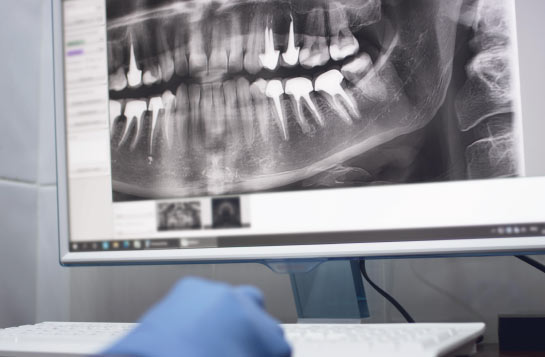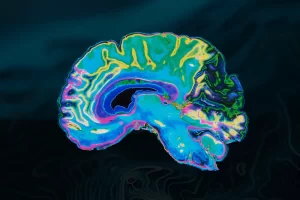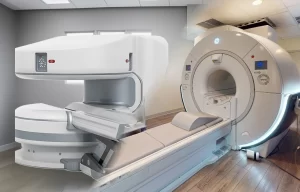https://www.auntminnie.com/index.aspx?sec=sup&sub=mri&pag=dis&ItemID=131967
In a recent study published in the Journal of Clinical Periodontology, MRI has emerged as a promising tool in the early detection of gum disease, specifically periodontitis. A recent study from the Department
of Diagnostic and Interventional Neuroradiology has shown that MRI scans can detect changes in the jawbones of patients with periodontitis before any bone defects appear.
Periodontitis diagnosis traditionally relies on probing depth, bleeding on probing, and panoramic X-rays. While cone-beam CT (CBCT) offers 3D views of tooth-supporting bone defects for improved treatment planning, it fails to visualize soft-tissue processes like inflammatory changes linked to water retention in the bone. As a result, early changes within the bone prior to inflammation-induced bone loss remain unseen.
In contrast, MRI scans provide detailed images of dental pulp, nerves, and gums. Utilizing MRI scans for patients could offer clinicians crucial information about bone loss or the extent of periodontal attachment at an early stage, potentially reducing the risk of tooth loss.
The study enrolled 42 patients with clinical evidence of periodontal disease alongside 34 healthy control subjects at the Ludwig Maximilian University of Munich’s periodontology department. All the participants had not undergone periodontal treatment in the last six months and were required to provide a current x-ray, if possible.
Through MRI scans, bone edema exceeding the extent of demineralized bone was detected, indicating the potential of MRI in aiding earlier diagnosis of periodontal disease. The scans showed that there is a link between a positive bleeding-on-probing test and bone edema. Patients who had a positive test had a 2.5 times higher risk of having bone edema around the tooth, even if their probing depths were considered healthy at 3 mm or less.
While the study presented exciting possibilities, it acknowledged limitations, such as the time-consuming manual segmentation process. The authors emphasized the need for future studies examining edema histopathology to understand better the processes occurring within the bone before demineralization.
The findings offer new avenues for early detection, decision-making, and monitoring of periodontal disease. As MRI continues to show promise in dental care, the potential to revolutionize patient outcomes and enhance dental treatments beckons on the horizon.




